That depends whether you're using qurorum queues or not. I don't believe there's a default config for that without quorum queues. However, you should be able to store the redelivery count within a custom header or in the message itself.
Then if you set a MAX_REDELIVERY_COUNT constant in your application, you can check if the message exceeds the maximum number of redeliveries.
If you're not using quorum queues, I'd take a look at this answer:
How do I set a number of retry attempts in RabbitMQ?.
This answer has quite some good options.
However, when using quorum queues, you can set the delivery-limit option. More info on that can be found here: https://www.rabbitmq.com/quorum-queues.html#feature-matrix.

Edit 1: using custom headers
In order to publish a message with custom headers:
Map<String, Object> headers = new HashMap<String, Object>();
headers.put("latitude", 51.5252949);
headers.put("longitude", -0.0905493);
channel.basicPublish(exchangeName, routingKey,
new AMQP.BasicProperties.Builder()
.headers(headers)
.build(),
messageBodyBytes);
As found on https://www.rabbitmq.com/api-guide.html#publishing.
The problem is that the headers can't be simply updated. However, you could do this with a workaround. Let's say you want a maximum of 5 retries per message. If the message can't be processed, send it to a DLX. If the message doesn't exceed the maximum retries, read the original headers of the message, update the custom retry count header and resend it to the original queue.
If the message gets in de DLX and does exceed the maximum retry count, send the message as is to the DLX with a different routing key, which is bound to a queue for the "definitive" dead messages.
That'd mean that you would get something like this in a simplified diagram:

This is just an idea, I don't know if it'll work for sure, but it's the best that I can think of in your situation.
Edit 2: using the autoBindDlq
It seems like the Spring Cloud Stream Binder for RabbitMQ has this option. In the docs as found on https://github.com/spring-cloud/spring-cloud-stream-binder-rabbit, it says the following:
By using the optional autoBindDlq option, you can configure the binder to create and configure dead-letter queues (DLQs) (and a dead-letter exchange DLX, as well as routing infrastructure). By default, the dead letter queue has the name of the destination, appended with .dlq. If retry is enabled (maxAttempts > 1), failed messages are delivered to the DLQ after retries are exhausted. If retry is disabled (maxAttempts = 1), you should set requeueRejected to false (the default) so that failed messages are routed to the DLQ, instead of being re-queued. In addition, republishToDlq causes the binder to publish a failed message to the DLQ (instead of rejecting it). This feature lets additional information (such as the stack trace in the x-exception-stacktrace header) be added to the message in headers. See the frameMaxHeadroom property for information about truncated stack traces. This option does not need retry enabled. You can republish a failed message after just one attempt. Starting with version 1.2, you can configure the delivery mode of republished messages. See the republishDeliveryMode property.

